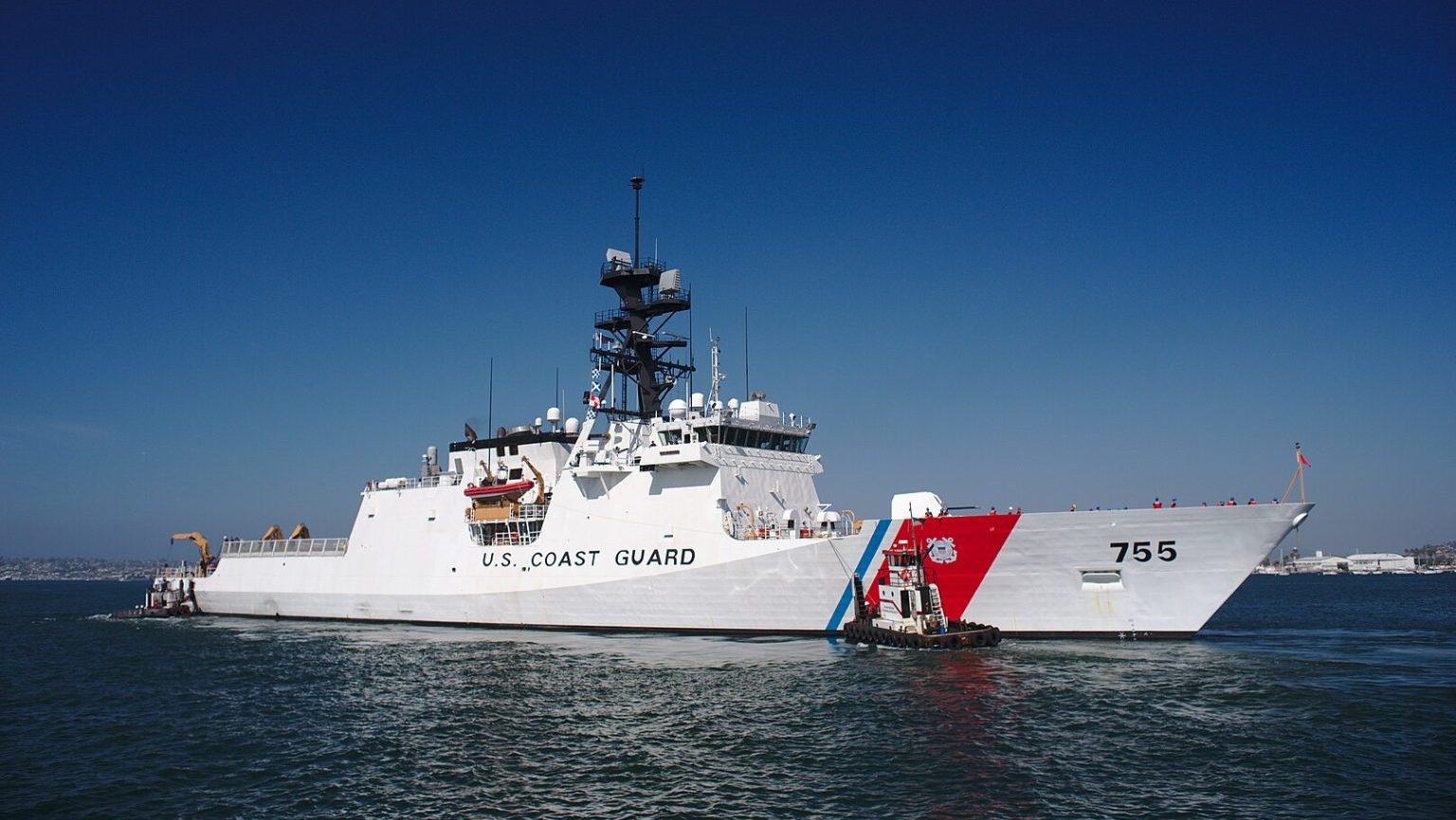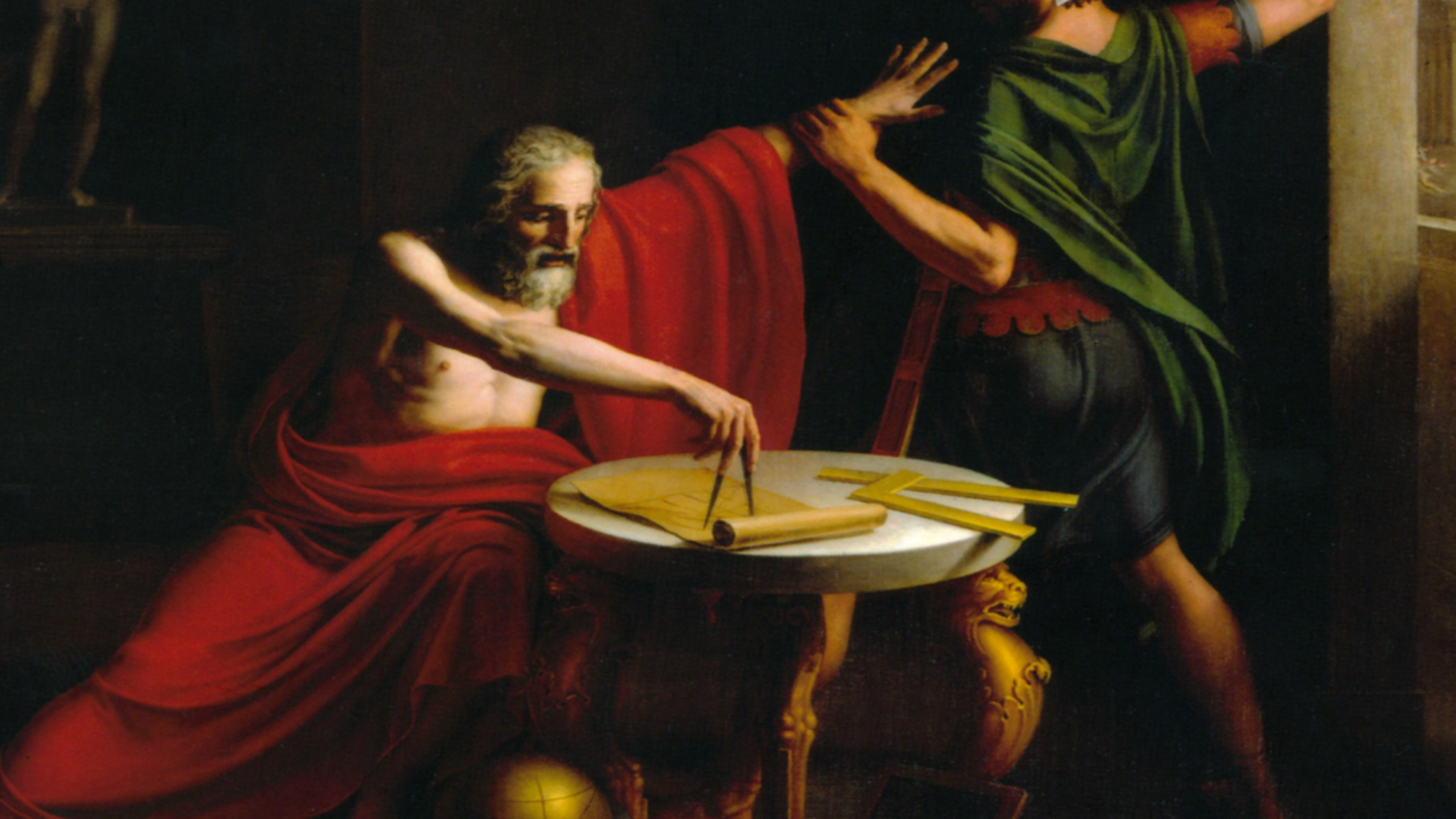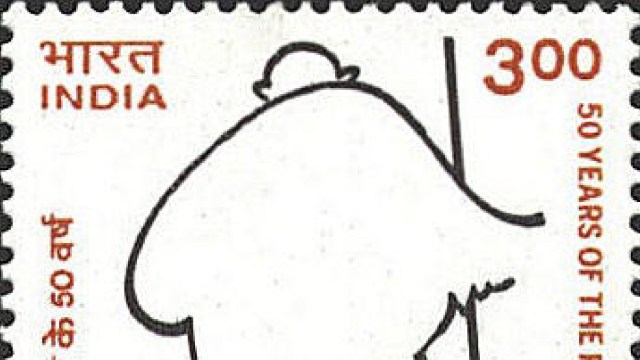368 – The World As Seen From Chang’an Street

n
Some maps capture the imagination and inspire so much imitation that they become icons. Harry Beck’s 1930s map of the London Underground is one of the best examples (here is the current tube map, on the Transport for London website, and here is the original map. Here and here are maps inspired by it, published earlier on this blog).
n
Another example is Saul Steinberg‘s ironic as well as iconic The World As Seen From New York’s 9th Avenue, a comment on the supposedly self-absorbed world view of the typical New Yorker. The map (discussed earlier) has been parodied many times over, one recent example being this view of Palinworld by the New Yorker magazine, which had published the original map in 1976.
n
The present example, entitled How China Sees the World, appears on the cover of the current issue of The Economist and illustrates a series of articles centering on China’s rise as a world power, especially at a time of economic crisis, seemingly underlining the decline of the West. The map is of course an explicit re-imagining of the original map, including (on a billboard): With apologies to Steinberg and the New Yorker. The city is of course China’s capital, Beijing (referred to until recently as Peking – that denomination still survives in the eponymous Chinese duck dish).
n
Beijing translates as ‘northern capital’ (Nanjing, in the formerly prevalent spelling Nanking, is the ‘southern capital’). The transliteration of the city as Peking was first introduced by French missionaries 400 years ago, and corresponded to the contemporary pronunciation of the city name. China’s capital has also been known as Zhongdu (during the Jin Dynasty), Jingshi, Dadu (to the Mongol usurpers), Cambuluc (in Marco Polo’s writings), Yanjing (referring to the ancient Yan state) and Peiping (“Northern Peace”, twice, when the capital moved to Nanjing).
n
Four places are named:
n
- n
- the Imperial Palace: also known as the Forbidden City, the Imperial Palace is the largest palace complex in the world. Its traditional Chinese name, Zijin Cheng (‘Purple Forbidden City’), is less used today than Gugong, which means ‘Former Palace’. The complex, finished in 1420, was the location of the Chinese imperial court for five centuries, from the Ming to the final Qing dynasties. It was designated a world heritage site by UNESCO in 1987.
- Chang’an Street: (Chang’an is Chinese for ‘Long Peace’) a major avenue running close to Tiananmen Square that has witnessed important historical events due to its centrality, and that traditionally is the location for military parades in Beijing. The Great Hall of the People, the National Museum of China, the Central Railway Station and other important buildings are located on Chang’An Street, which is considered so sensitive that no commercial advertising is allowed within 100 metres of it.
- Tienanmen Square: Beijing’s best-known central square, named after the Gate of Heavenly Peace (Tienanmen) that links it to the Forbidden City. The square was the scene of many historical events in China’s history, most recently the 1989 student protests that were put down by the Chinese army.
- Dongdan: name of a traffic node and of the surrounding region (known for its shops) on Chang’An Street.
n
n
n
n
n
In the ocean immediately beyond the city are a few islands of particular interest to China:
n
- n
- Japan: the old rival, whose rapid modernisation preceded China’s, but now eclipsed and reduced to a few harmless islands.
- Taiwan: similarly superseded by China’s massive economic progress, but still relevant as the rival claimant to be China’s ‘legitimate’ government. Even more repulsive to mainland China is a competing strand of current Taiwanese politics, striving for ‘independence’ and thus eschewing the ‘One China’ policy still officially espoused by both the communist mainland and nationalist Taiwan.
- Hong Kong: the former British crown colony that was handed back to China in 1997 and which has been allowed a degree of autonomy unthinkable elsewhere in China (e.g. Tibet) under an agreement often referred to as ‘One Country, Two Systems’, whereby Hong Kong was allowed to retain its capitalist system and its civil liberties, including inchoate democratic institutions.
- Spratly Islands: a sprawling archipelago of over 600 islets, atols and reefs in the South China Sea, between Vietnam and the Philippines, with barely 5 square kilometers of dry land between them. Because of their strategic location, the Spratlys, or parts of them, are claimed and partly occupied by China, Taiwan, Vietnam, the Philippines and Malaysia – and as such are a flashpoint waiting to happen.
n
n
n
n
n
Across a narrow representation of the Pacific Ocean lies the continent apparently most on China’s mind – America. And especially, apart from a tiny slice labelled Canada and a small appendage being dug up for minerals called South America, the United States. The US is a crumbling empire, with the Statue of Liberty clutching a begging bowl and holding up a sign saying: Please give generously. Next to some shacks is a sign saying Foreclosure Sale (a reference to the house repossessions that are symptomatic of the credit crunch which triggered the present economic recession). Wall Street is a fault almost splitting the US in two.
n
Europe is much smaller and more irrelevant than America, in the ocean beyond it. All that distinguishes it are Prada and Hermes, two brands of luxury fashion accessories, and presumably very popular with the wealthy Chinese elite – suggesting that Europe is only interesting to China as a glorified shopping mall.
n
Next to Europe is Africa, equally distant from China, but at least decked out with some of the implements of industry, referring to the large investments China is making in Africa, benefiting the poorest continent with new infrastructure and providing China with access to much-needed raw materials for its burgeoning industry.
n
Many thanks to James Hansen for sending in this scan of the Economist front page.
n





